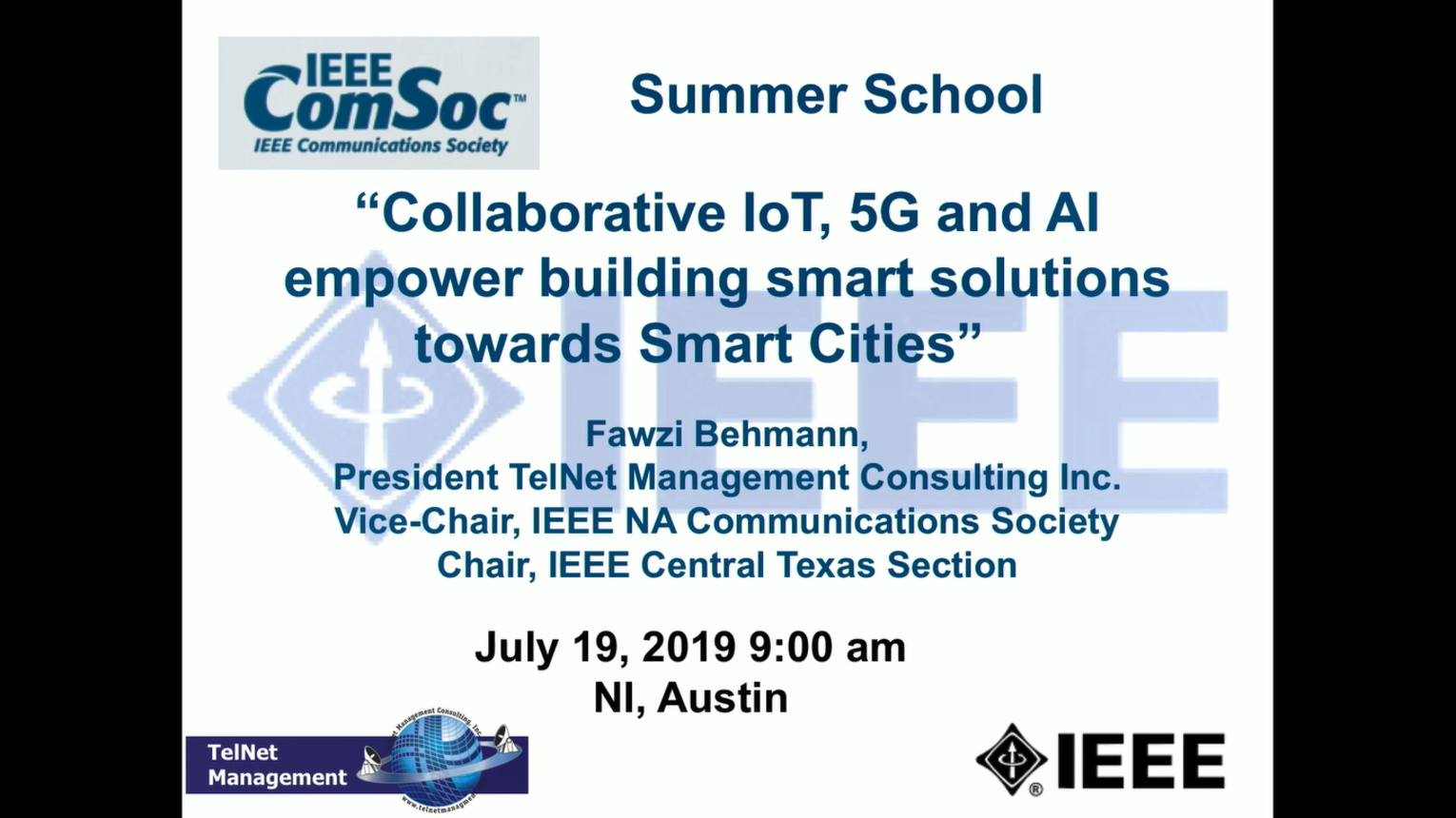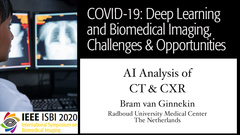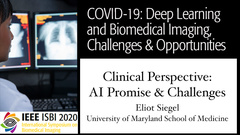
This video program is a part of the Premium package:
Collaborative IoT, 5G and AI empower building smart solutions towards Smart Cities
- IEEE MemberUS $4.99
- Society MemberUS $0.00
- IEEE Student MemberUS $4.99
- Non-IEEE MemberUS $9.99
Collaborative IoT, 5G and AI empower building smart solutions towards Smart Cities
From the 2019 IEEE ComSoc Summer School at National Instruments, Austin, TX, USA, Fawzi Behman, Chairman, IEEE Communications and Signal Processing Combined Chapters, discusses how the emergence of autonomous driving is bringing communication and mobility closer together. Health and wellness is moving from clinical settings into homes, cars, and other places. As the boundaries between these areas continue to be traversed, the value of data is bringing the need for near ubiquitous sensing, data collection, and artificial intelligence?in the cloud and at the edge?into virtually every area of our customers? lives. The IoT is trying to solve problems across those segments, and that is driving a change in how players in the IoT space need to think and operate. Sensing is becoming increasingly multimodal and media-driven. Real-time insights are required to support decision-control loops that operate in microsecond to millisecond timescales for mission-critical industrial control and processing. Edge intelligence and low-latency quality of service will support the next generation of immersive user experiences. This summit will also discuss how moving computation to the edge helps to increase data privacy & security for user/enterprise and diverse geographies. The ushering of powerful communication standards such as 5G not only delivers the speed, mass connectivity and real-time ? low latency mission critical applications. With the advent of Artificial Intelligence (AI) and Machine Learning (ML), real-time data-analytics can be performed on the data to provide predictive and preventive analytics for smart connected things in the connected world. The talk focuses on three principal applications/use cases; namely Smart Healthcare, Smart Mobility and Autonomous Vehicles, and Smart Cities.
From the 2019 IEEE ComSoc Summer School at National Instruments, Austin, TX, USA, Fawzi Behman, Chairman, IEEE Communications and Signal Processing Combined Chapters, discusses how the emergence of autonomous driving is bringing communication and mobility closer together. Health and wellness is moving from clinical settings into homes, cars, and other places. As the boundaries between these areas continue to be traversed, the value of data is bringing the need for near ubiquitous sensing, data collection, and artificial intelligence?in the cloud and at the edge?into virtually every area of our customers? lives. The IoT is trying to solve problems across those segments, and that is driving a change in how players in the IoT space need to think and operate. Sensing is becoming increasingly multimodal and media-driven. Real-time insights are required to support decision-control loops that operate in microsecond to millisecond timescales for mission-critical industrial control and processing. Edge intelligence and low-latency quality of service will support the next generation of immersive user experiences. This summit will also discuss how moving computation to the edge helps to increase data privacy & security for user/enterprise and diverse geographies. The ushering of powerful communication standards such as 5G not only delivers the speed, mass connectivity and real-time ? low latency mission critical applications. With the advent of Artificial Intelligence (AI) and Machine Learning (ML), real-time data-analytics can be performed on the data to provide predictive and preventive analytics for smart connected things in the connected world. The talk focuses on three principal applications/use cases; namely Smart Healthcare, Smart Mobility and Autonomous Vehicles, and Smart Cities.
 Cart
Cart Create Account
Create Account Sign In
Sign In





